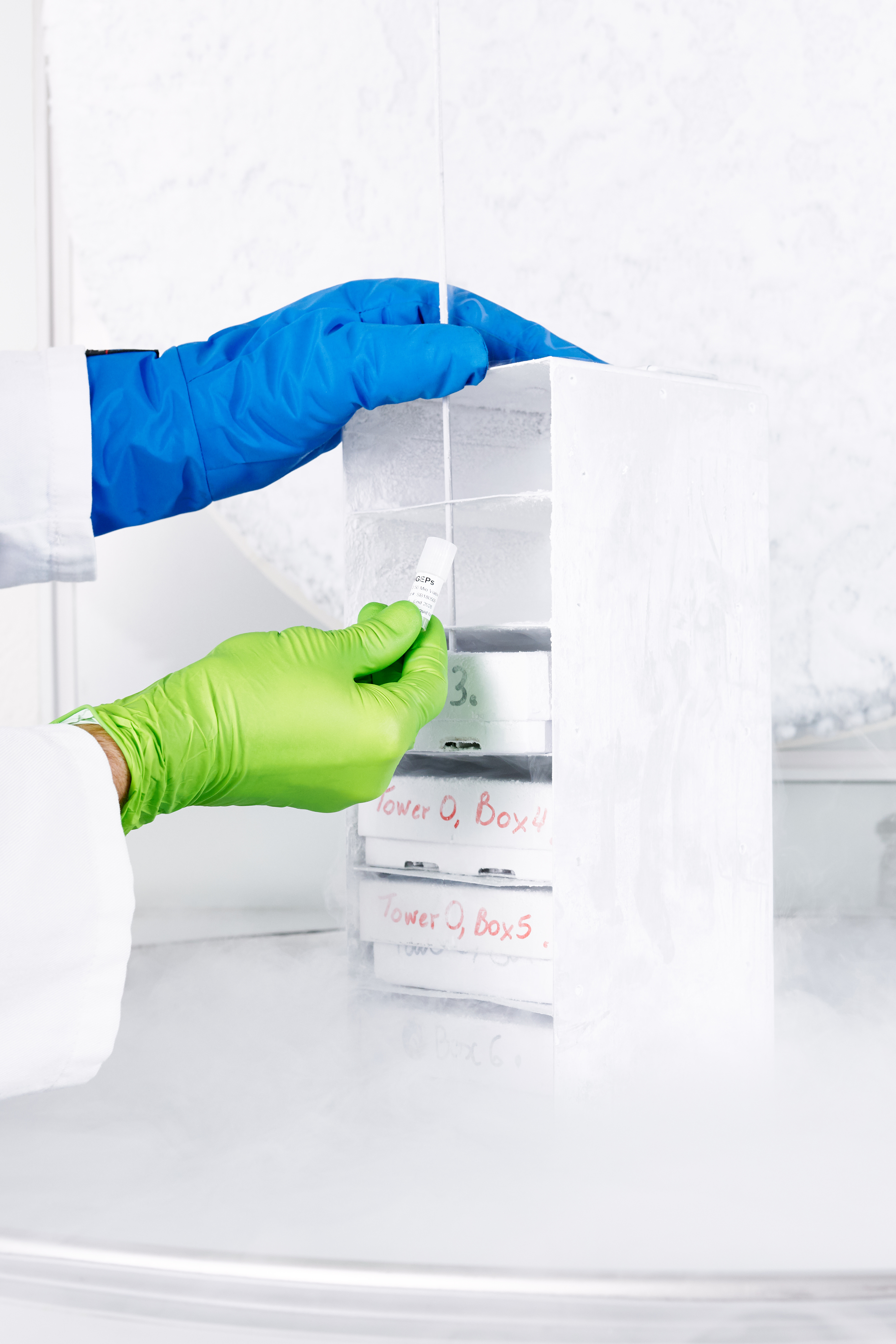HIGHLIGHTS:
- Extended lifespan of the cells
- Pre-equilibrated in CELLnTEC base chemistry
- Retention of proliferative progenitors and reduced differentiation
- Supplied in fully-defined cryopreservation medium to maximize recovery after thawing

Normal human epidermal keratinocyte progenitor cells, isolated from adult donor material, cryo-preserved at early passage.

| Catalog | HPEKas |
|---|---|
| Content | Vial containing 0.5 million viable cells, frozen |
HPEKas primary human epidermal keratinocytes (single adult donor) growing in CnT-PR medium benefit from the presence of PCT factors that aid retention of proliferative progenitors, and reduce differentiation. HANDLING INSTRUCTION: This material is of human origin and should therefore be handled as hazardous. Although it has been tested negative for HIV 1, Hepatitis B, and Hepatitis C, treat this material as potentially infectious and use appropriate biocontainment, protective equipment, and other precautions to prevent accidental exposure.
The culturing medium CnT-PR consists of PCT factors that aid the retention of proliferative progenitors and reduce differentiation of HPEKas cells. This extends not only the lifespan of the cells but importantly also the period during which the cells retain the ability to complete complex processes such as 3D differentiation.
The HPEK cells are provided cryopreserved in the fully defined CRYO-Defined culture medium to maximize recovery after thawing.
The cultures undergo a range of QC tests in our lab before being released for sale and are also covered by our longevity guarantee. Please see the datasheet for details.
The thawing, seeding, and passaging protocols are particularly important for optimal cell growth. Please visit our Protocols Page for our recommendations.
| Title | Authors | Year | Tissue type |
|---|---|---|---|
| A unique subset of glycolytic tumour-propagating cells drives squamous cell carcinoma | Jee-Eun Choi, Carlos Sebastian, Christina M. Ferrer, Caroline A. Lewis, Moshe Sade-Feldman, Thomas LaSalle, Anna Gonye, Begona G. C. Lopez, Walid M. Abdelmoula, Michael S. Regan, Murat Cetinbas, Gloria Pascual, Gregory R. Wojtkiewicz, Giorgia G. Silveira, Ruben Boon, Kenneth N. Ross, Itay Tirosh, Srinivas V. Saladi, Leif W. Ellisen, Ruslan I. Sadreyev, Salvador Aznar Benitah, Nathalie Y. R. Agar, Nir Hacohen, Raul Mostoslavsky | 2021 | Epidermal |
| Group IVE cytosolic phospholipase A2 limits psoriatic inflammation by mobilizing the anti-inflammatory lipid N-acylethanolamine | Luyiyun Liang, Rina Takamiya, Yoshimi Miki, Kanako Heike, Yoshitaka Taketomi, Nao Sugimoto, Midori Yamaguchi, Hiroshi Shitara, Yasumasa Nishito, Tetsuyuki Kobayashi, Tetsuya Hirabayashi, Makoto Murakami | 2022 | Epidermal |
| IRF2 is a master regulator of human keratinocyte stem cell fate | Nicolas Mercado, Gabi Schutzius, Christian Kolter, David Estoppey, Sebastian Bergling, Guglielmo Roma, Caroline Gubser Keller, Florian Nigsch, Adrian Salathe, Remi Terranova, John Reece-Hoyes, John Alford, Carsten Russ, Judith Knehr, Dominic Hoepfner, Alexandra Aebi, Heinz Ruffner, Tanner C. Beck, Sajjeev Jagannathan, Calla M. Olson, Hadley E. Sheppard, Selma Z. Elsarrag, Tewis Bouwmeester, Mathias Frederiksen, Felix Lohmann, Charles Y. Lin, Susan Kirkland | 2019 | Epidermal |
For more publications on HPEK from our literature database, see here
| Title | Year | |
|---|---|---|
| CELLnTEC Catalog | 2023 | Download |